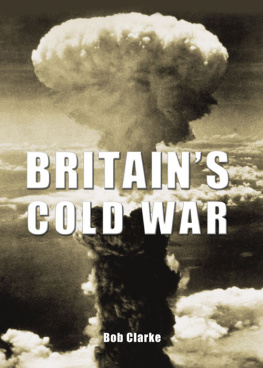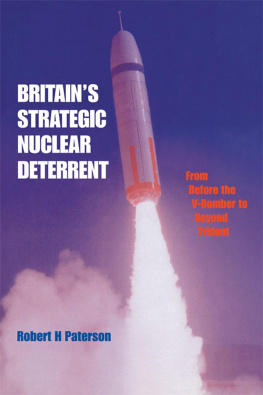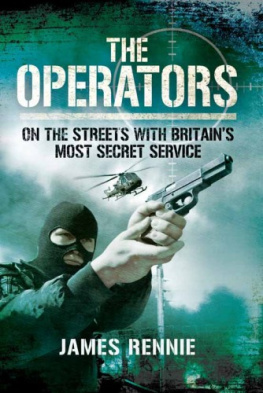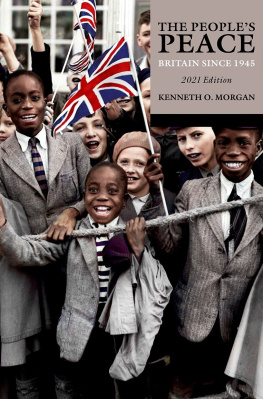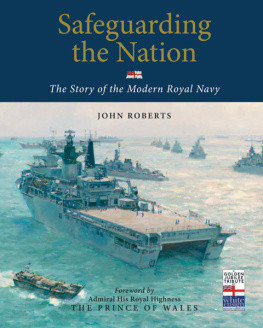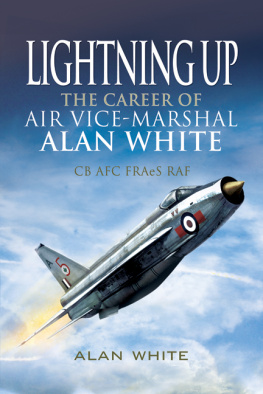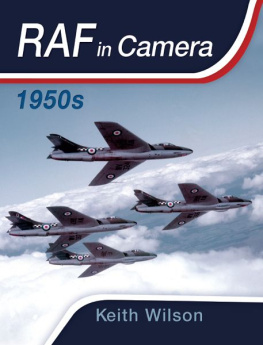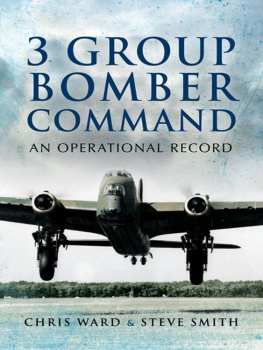The publication of this edition is dedicated to Ken Hubbard.
This edition published in Great Britain in 2008 by
Pen & Sword Aviation
An imprint of
Pen & Sword Books Ltd
47 Church Street
Barnsley
South Yorkshire
S70 2AS
Copyright K. G. Hubbard and M. J. Simmons 2008
ISBN 978 1 84415 747 1
eISBN 9781783460649
First published in 1985 as Operation Grapple by Ian Allan Ltd, London.
The right of K. G. Hubbard and M. J. Simmons to be identified as Authors of this work has been asserted by them in accordance with the Copyright, Designs and Patents Act 1988.
A CIP catalogue record for this book is available from the British Library
All rights reserved. No part of this book may be reproduced or transmitted in any form or by any means, electronic or mechanical including photocopying, recording or by any information storage and retrieval system, without permission from the Publisher in writing.
Typeset in Palatino by
Phoenix Typesetting, Auldgirth, Dumfries.
Printed and bound in England
By CPI UK
Pen & Sword Books Ltd incorporates the Imprints of Pen & Sword Aviation,
Pen & Sword Family History, Pen & Sword Maritime, Pen & Sword Military,
Wharncliffe Local History, Pen & Sword Select, Pen & Sword Military Classics,
Leo Cooper, Remember When, Seaforth Publishing and Frontline Publishing
For a complete list of Pen & Sword titles please contact
PEN & SWORD BOOKS LIMITED
47 Church Street, Barnsley, South Yorkshire, S70 2AS, England
E-mail: enquiries@pen-and-sword.co.uk
Website: www.pen-and-sword.co.uk
The Authors
Group Captain Kenneth Hubbard
Group Captain Hubbard joined the Royal Air Force in August 1940, commissioned as a pilot in May 1941 and was posted to CFS RAF Cranwell for training as a flying instructor. As instructor he served with No. 12 FTS RAF Grantham 1941-43. In 1943, Hubbard was posted to No. 205 Group in Italy. He completed an operational tour with No. 70 Squadron, flying Wellingtons. During the period he was promoted to Squadron Leader and awarded the DFC. After a spell as Flight Commander at No. 77 OTU at Quastina in Palestine he returned to No. 70 Squadron, now with Liberators, and was later Group Training Officer.
From August 1946 Hubbard commanded No. 104 Squadron based in Egypt with Lancasters. Posted to the Empire Armament School at RAF Manby he flew Lancaster Thor 1 and Lincoln Thor 2 to South Africa and Canada in 1948. He joined the Directing Staff of the Flying College on its formation at RAF Manby.
As a Squadron Leader Hubbard was Station Commander of RAF Shaibah 1951-53 when this station was involved in the evacuation of British personnel from Abadan. He received the OBE in 1953.
Following an appointment as PSO to the Air Member for Personnel, and attendance at the RAF Staff College, he was promoted and posted to the V bomber force in January 1955. On completion of Valiant conversion at No. 232 OCU RAF Gaydon, Wg Cdr Hubbard took command of No. 49 Squadron at RAF Wittering in September 1956.
No. 49 Squadron was specifically tasked with the live drops element of Operation Grapple. The operation culminated on 15 May 1957 with the first live drop of a British megaton yield weapon, the dropping aircraft being captained by Wg Cdr Hubbard. He and his crew received immediate awards of the AFC.
At the conclusion of the Grapple test series he served at HQ Bomber Command and, as Group Captain, commanded the RAF stations of El Adem and Scampton; the latter station was at that time the base for the Blue Steel-equipped Vulcan B2s of Nos 27, 83 and 617 Squadrons. His final RAF appointment was Group Captain Training at HQ Transport Command. Gp Capt Hubbard left the RAF in 1966 and tried farming in the West Country. This was not to his liking and he joined his cousins Geoffrey Hubbards refrigeration engineering group in 1974 as Sales and Marketing Director of the Vehicle Air-Conditioning Division. Gp Capt Hubbard retired in 1987 and lived quietly with his wife Margaret at Blythburgh in Suffolk. Gp Capt Ken Hubbard was President of the Megaton Club formed from members of No. 49 Squadron who participated in Operation Grapple. The members met annually at the RAF Club Piccadilly.
Group Captain Kenneth Gilbert Hubbard OBE, DFC, AFC died on the 22nd January 2004 aged 83 years.
Michael Simmons
Michael Simmons was born in Suffolk on 25 May 1947. On leaving school he served a Marine Engineering apprenticeship and continued in this profession until joining Hubbard Engineering Co as a Development Engineer specialising in vehicle air-conditioning systems.
In 1974, K. G. Hubbard, a cousin of G. A. Hubbard, Chairman of the Hubbard-Reader Group, had joined the company to be responsible for the marketing and sales of vehicle air-conditioning systems. From this moment Michael Simmons and Ken Hubbard commenced working together within the company, with Michael Simmons being responsible for the technical aspect, directly under Ken Hubbard.
In 1976 Michael Simmons took up a new appointment managing a Vehicle Installation Centre, which was based at Greenwich, London, and was subsequently made a Director of Hubbard Engineering Co.
Some four years later he returned to Head Office and when Ken Hubbard retired as Marketing Director in June 1982 to concentrate on other activities within the Group, he took over his responsibilities within sales.


